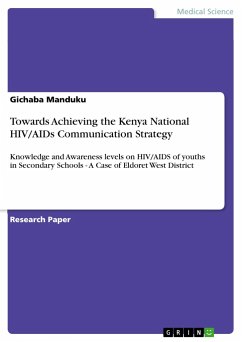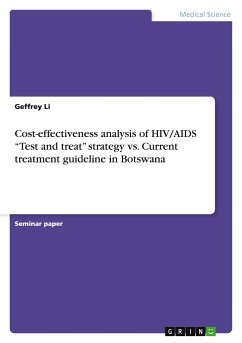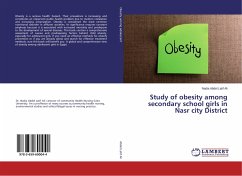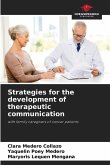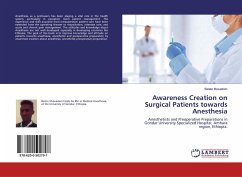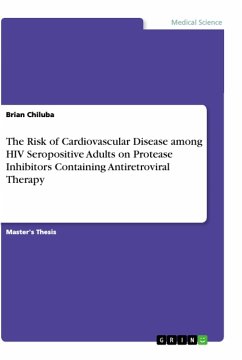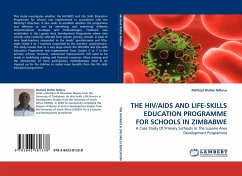Research Paper (postgraduate) from the year 2011 in the subject Medicine - Epidemiology, , course: -, language: English, abstract: The main objective this study was to find out the level of knowledge and awareness of youths in secondary schools on HIV/AIDs as one of the objectives in achieving the Kenya National HIV/AIDS communication strategy. Adopting a survey design, qualitative techniques, questionnaires, interviews and documentation, a sample of 996 was selected from a target population of 8,354 students. The study was based on a theoretical and conceptual framework with key concepts derived from Harold Lasswel theory of 1948, which has been developed to Modern Communication Theory. The data was analysed thematically. Results indicate that about (99%) of the respondents had heard about AIDS compared to only 4 (1%) who had not. Knowledge had no statistically significant relationship with risk of HIV and AIDS. About 53.3% of the respondents reported to have had sex, with malesbeing more likely to have an early sexual debut. Sexual activity was higher among peri-urban respondents (37%) who also had more than 3 sexual partners. About 71.4% of the respondents were willing to change their behaviour to avoid contracting HIV. On bivariate analysis, exposure to risk factors was dependent on gender (p < 0.05), perceived risk and condom used were related (p < 0.05)The study concluded that despite their high knowledge and awareness on HIV and AIDS, not all students who were exposed to risk perceived themselves to be at risk. The main preventive method of contracting HIV/AIDS was through condom use, cultural practices like wife inheritance and traditional circumcision increased the risk of infection and that affective communication was not used in schools to reduce HIV/AIDS infection and affection. The study recommended that though creating more awareness on HIV/AIDs was still necessary to diffuse some misconceptions, more effort was needed to address behavior change among the adolescents especially through affective communication. This could be done through inviting specialized groups to speak to adolescents in schools.

